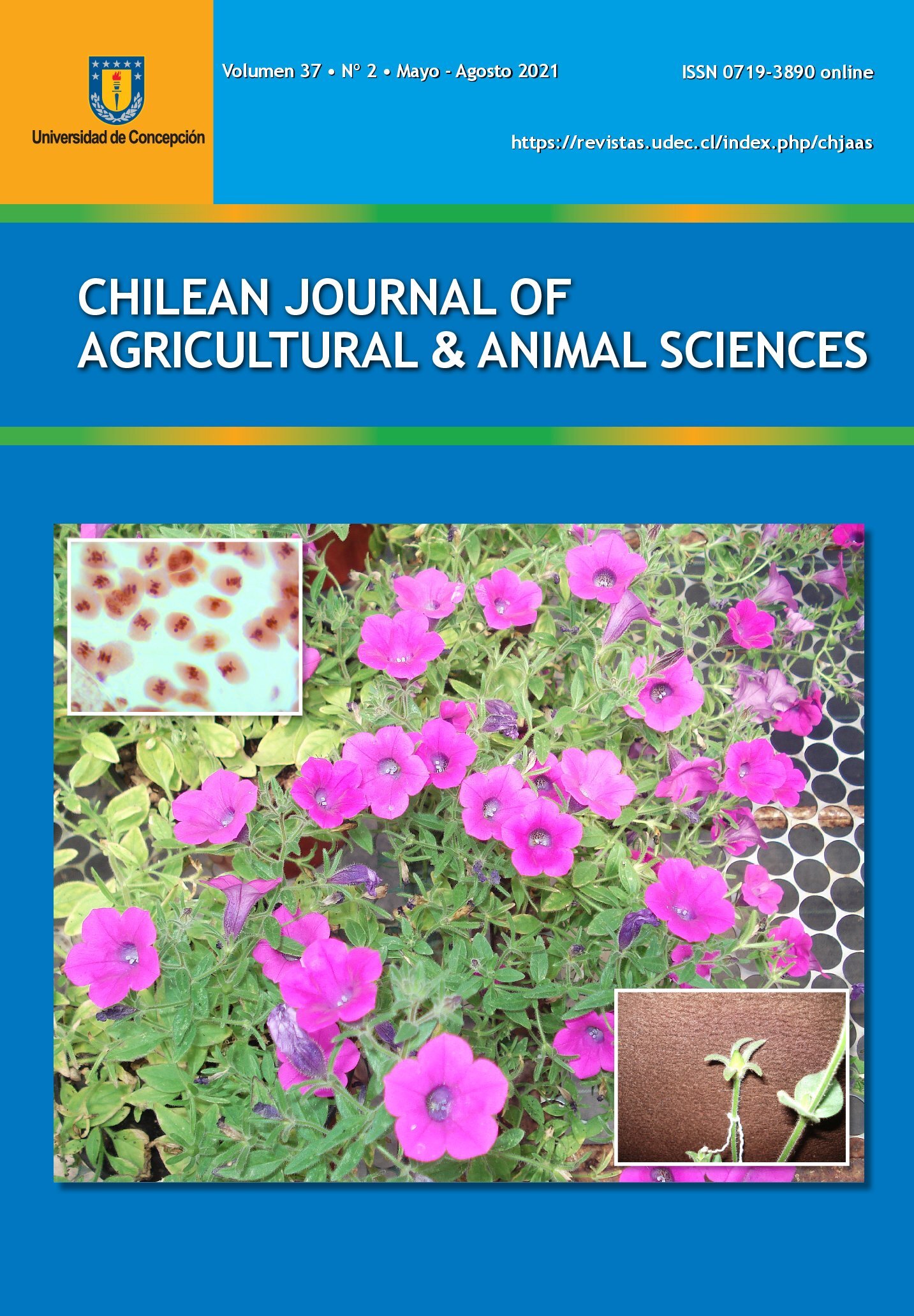PEDIGREE ANALYSIS AND POPULATION STRUCTURE OF BRAHMAN CATTLE FROM COSTA RICA
Keywords:
inbreeding, generation interval, effective population size, ancestors, zebu cattle.Abstract
The objective of this study was to evaluate the population of Brahman cattle from Costa Rica. Pedigree analysis of 98,749 animals was used to estimate the following parameters: pedigree integrity, as a proportion of known ancestors; the number of complete generations, maximum generations traced, and equivalent complete generations; inbreeding coefficient (F); generation interval (GI) across four selection paths; additive genetic relationship (AGR); effective number of founders (fe) and ancestors (fa); and effective population size (Ne). The analysis was carried out using the ENDOG software. The maximum proportions of unknown parents, grandparents, and great-grandparents were 14.1%, 38.9%, and 61.2%, respectively. Average F for the whole population was 0.86, while 27.4% of the population was inbred, with an average F of 3.1%. The inbred population increased through the time, while F decreased. The average AGR was 0.64, with maximum values of 4.1 and positive trends. The fe and fa were 617.8 and 172.0, respectively. The Ne indicated increases of F, with values lower than 1%. The GI fluctuated from 6.4 to 7.4, with an average of 6.85 years. These results summarize previous breeding practices and represent useful information for designing breeding programs by anticipating the relationship between the selection response and increases of inbreeding.
Downloads
Published
How to Cite
Issue
Section

This work is licensed under a Creative Commons Attribution 4.0 International License.







